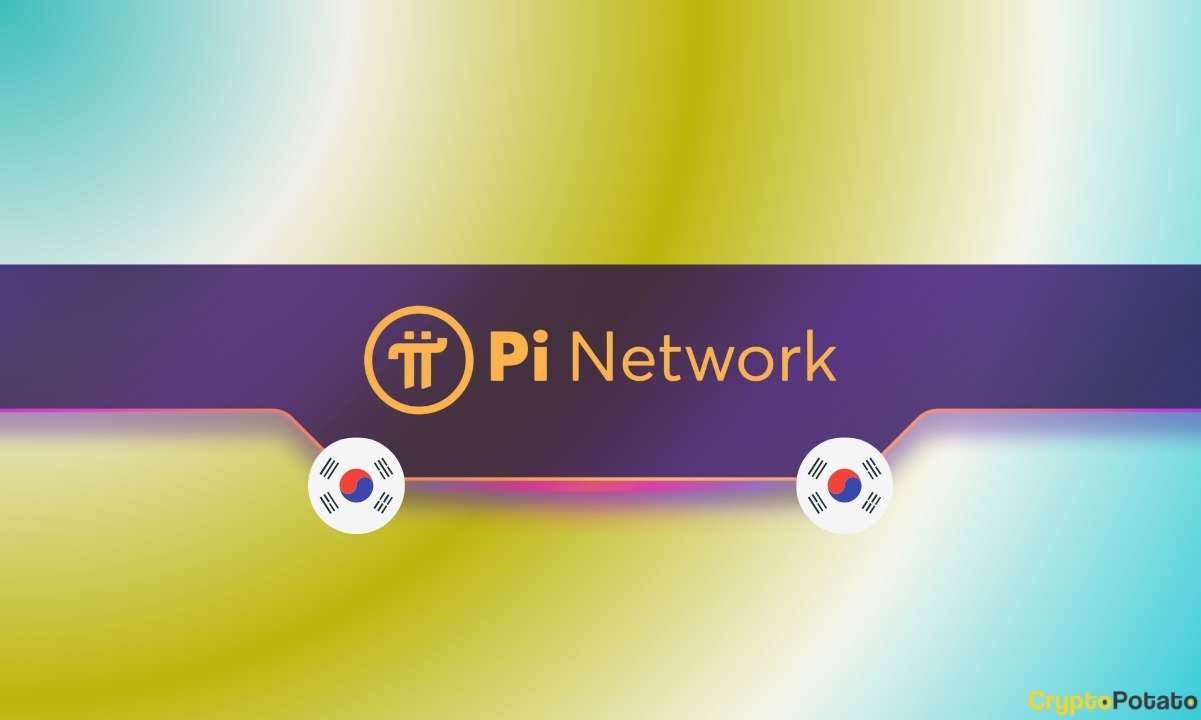TL;DR
- Pi Network users in South Korea surpass Binance’s user base in the country.
- The project’s open mainnet launch awaits final verifications, with updates expected in the following weeks.
Pi Network Outpaces Binance on This Front
The cryptocurrency project Pi Network, which allows individuals to mine digital assets directly from their smartphones, remains one of the most discussed topics in the space. It saw the light of day over five years ago but its open mainnet and native token have yet to go live.
Despite the surrounding controversy, Pi Network has amassed a multi-million community. Not long ago, the team revealed the project’s application had exceeded the milestone of 100 million downloads.
One country where Pi Network has created a stronghold is South Korea. Wu Blockchain recently reported that the exact figure of local users has reached 1.34 million. In fact, the only two domestic crypto-related entities having more users are the popular exchanges Upbit (4.36 million) and Bithumb (2.24 million).
The local Pi Network community outpaced Binance’s clients in South Korea in terms of numbers. Those employing the services of Coinbase, Bitget, and Bybit are also outnumbered by the project’s users.
Other Asian countries with solid Pi Network communities include China, Vietnam, India, Japan, Singapore, Malaysia, and others.
Recent Pi Network Updates
As mentioned above, the Pi Network community is still waiting for the launch of the project’s native cryptocurrency and open network.
Earlier this year, the team claimed that the latter will see the light of day once 15 million users complete the necessary verifications. Not long ago, Pi News revealed that 14 million people have already complied with the rules, with only one million left to do so. The final deadline is December 31.
The date was moved several times, causing mixed reactions from the community. The latest extension was disclosed at the end of November, after which some people speculated that the team might continue to announce delays instead of setting things into motion.
Meanwhile, December is expected to be quite eventful for Pi Network users. After all, the Pi Core Team previously promised to announce the mainnet open roadmap, which should provide more clarity on when users will be able to buy and sell Pi tokens.
It remains to be seen whether the final weeks of 2024 will bring significant developments or if the pessimists will turn right.
Binance Free $600 (CryptoPotato Exclusive): Use this link to register a new account and receive $600 exclusive welcome offer on Binance (full details).
LIMITED OFFER for CryptoPotato readers at Bybit: Use this link to register and open a $500 FREE position on any coin!

























+ There are no comments
Add yours